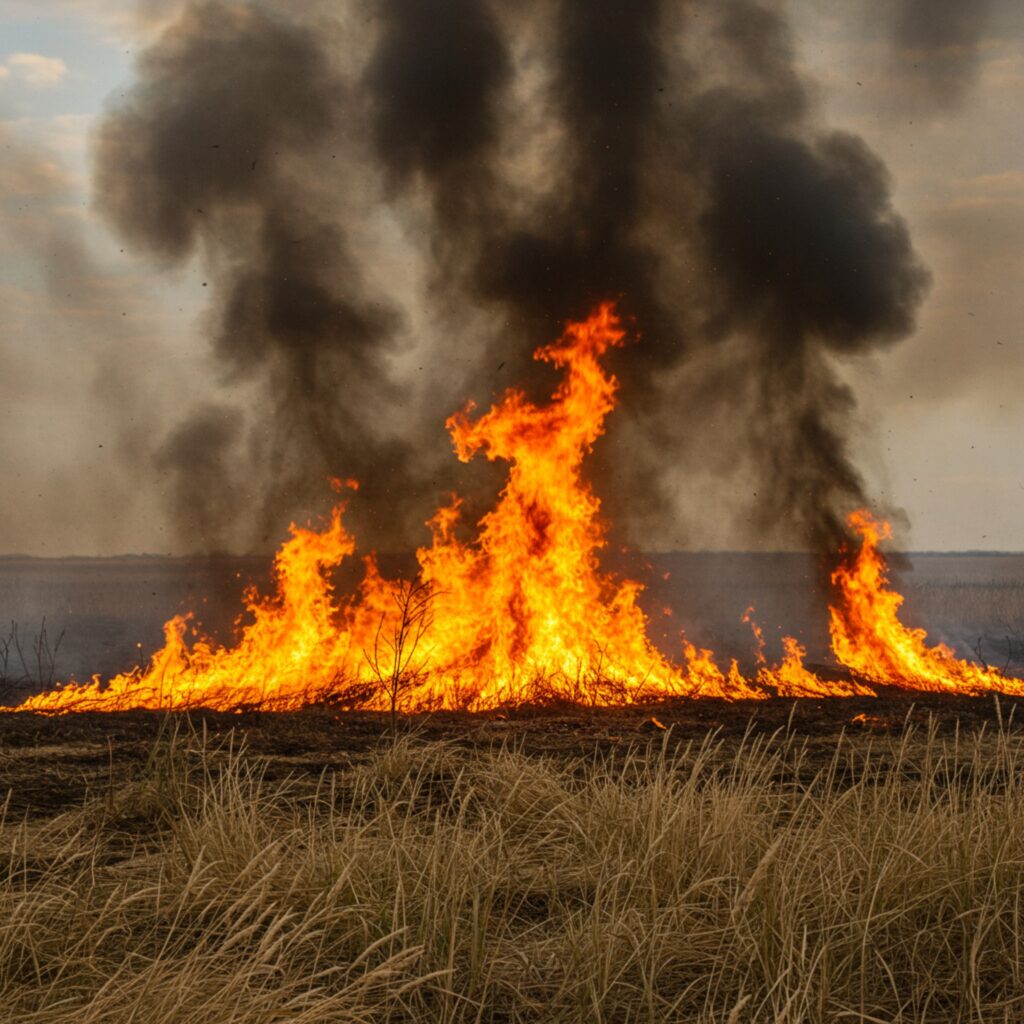Introduction
Gas flaring is a practice that has long been associated with the oil and gas industry. It involves the burning of natural gas that is released during the extraction of oil. While it may seem like a necessary part of petroleum production, gas flaring contributes significantly to environmental pollution, climate change, and resource wastage. As global awareness around sustainability grows, it has become crucial to address this issue with innovative, practical, and scalable solutions.
This article explores what gas flaring is, why it continues, and what effective solutions are being developed and implemented worldwide.

What is Gas Flaring
Gas flaring occurs when natural gas, usually methane, is burned off at oil extraction sites. This typically happens in oil fields where infrastructure to transport the gas is unavailable or economically unfeasible. Instead of releasing it into the atmosphere—a highly dangerous practice—companies burn it, which reduces the risk but still emits significant carbon dioxide (CO₂) and other pollutants.
Globally, it’s estimated that over 140 billion cubic meters of natural gas is flared each year, enough to power the entire sub-Saharan Africa.
Why Does Gas Flaring Happen
There are several reasons why gas flaring persists:
- Lack of Infrastructure
In remote oil fields, there are no pipelines or facilities to collect and transport the gas. Building such infrastructure is costly and time-consuming. - Economic Incentives
Oil is more valuable than gas in many markets. When prices are low, companies may not find it profitable to capture and sell the gas. - Regulatory Gaps
Some countries have weak environmental regulations or lack enforcement mechanisms, making flaring a common and cheap disposal method. - Emergency Situations
Flaring is also used as a safety measure to relieve pressure and prevent explosions during emergencies.
Environmental and Social Impacts
The consequences of gas flaring go far beyond just smoke in the sky:
- Climate Change
CO₂ and methane emissions from flaring contribute significantly to global warming. Methane is 25 times more potent than CO₂ over a 100-year period. - Air Pollution
Flaring releases toxic chemicals like benzene and soot particles, leading to respiratory problems and other health issues in nearby communities. - Energy Waste
The flared gas is a potential energy source that goes unused, representing a massive waste of resources. - Community Disruption
Flaring often occurs near communities, affecting night skies, damaging crops, and lowering quality of life.
Gas Flaring Solutions: What Can Be Done
Solving the gas flaring crisis requires a mix of policy, technology, investment, and community engagement. Below are some of the most promising solutions:
1. Gas Capture and Utilization
One of the most direct solutions is to capture the gas instead of flaring it. The captured gas can be:
- Used on-site to generate electricity
- Compressed and sold as Liquefied Natural Gas (LNG)
- Re-injected into the ground to enhance oil recovery or stabilize pressure
Example: In Nigeria, some companies are now using modular gas processing units that can be deployed quickly in remote locations to capture and monetize flare gas.
2. Mini Gas-to-Power Plants
In areas where infrastructure is lacking, small-scale power plants can be used to convert flare gas into electricity for local communities or industrial use.
Benefit: This not only reduces emissions but also addresses energy poverty in off-grid regions.
3. Regulatory and Policy Reform
Governments can play a major role by enforcing stricter regulations on flaring and offering incentives for gas recovery.
- Carbon Pricing: By putting a price on carbon, governments make flaring more expensive and encourage investment in alternative solutions.
- Flare Reduction Targets: Countries can set ambitious flare reduction goals and penalize companies that exceed limits.
Case Study: Norway has some of the world’s strictest flaring regulations, resulting in one of the lowest flaring rates globally despite being a major oil producer.
4. Flare Gas Monetization
Companies can turn flare gas into valuable products such as:
- Methanol
- Synthetic fuels
- Hydrogen
This process requires investment but opens new revenue streams while addressing environmental concerns.
5. Public-Private Partnerships (PPP)
Collaboration between governments, international organizations, and private companies can speed up the adoption of flare reduction technologies.
Example: The World Bank’s “Zero Routine Flaring by 2030” initiative brings together stakeholders to eliminate routine flaring globally.


3 thoughts on “Gas Flaring Solutions: A Step Toward Cleaner Energy”